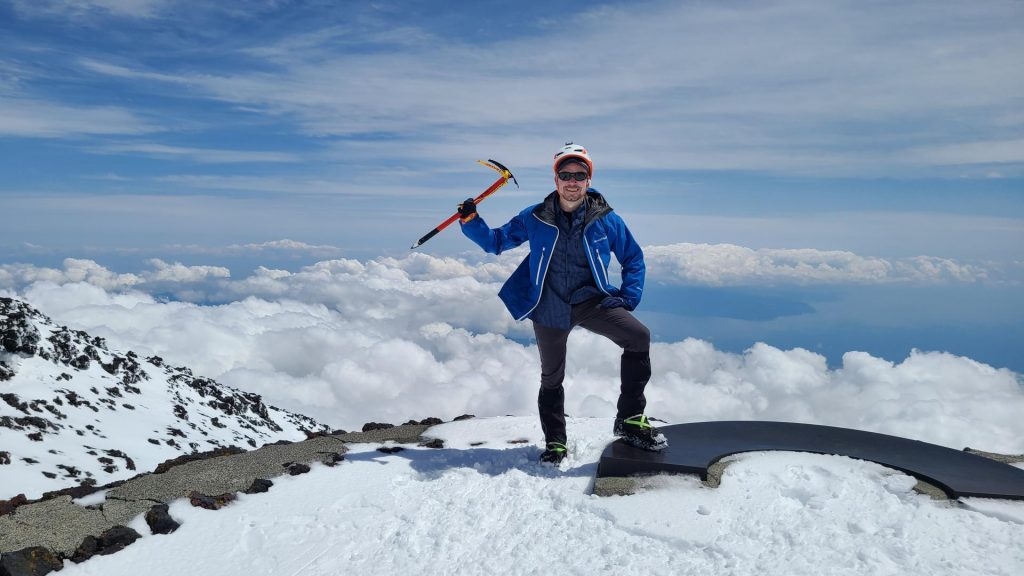If you’re thinking about climbing Mt. Fuji this summer, you’re far from alone. Fuji-san is the most climbed mountain in the world—more than 300,000 people make the ascent each year—the vast majority during the official hiking season from early July to early September. Trails are packed and you’ll seldom experience a moment of quiet amidst this vast queue of humanity slowly snaking their away up Japan’s tallest mountain. If, however, you are in good shape, or are able to put in a couple months of training in advance, there is a way to avoid the traffic for a more peaceful Mt. Fuji experience during the off-season.
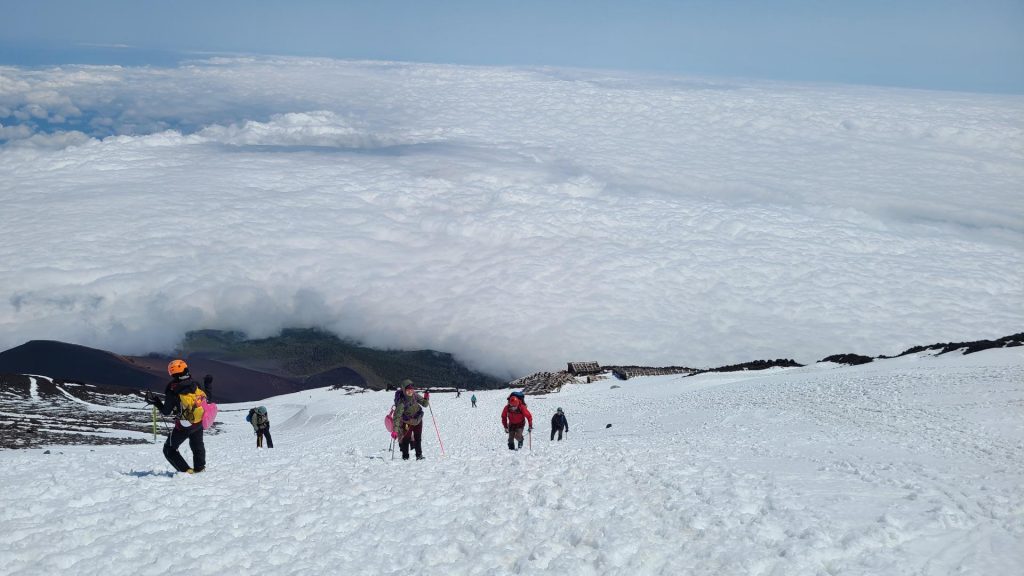
Many people are under the mistaken impression that Mt. Fuji can only be hiked when the trails are officially “open.” This is simply not the case. The Japanese government has released clear guidelines (in English as well as Japanese) for hiking during the off-season. There are three main rules: be prepared, submit a climbing plan and bring your own portable toilet.
Being prepared is perhaps subjective, but it is intended to include physical fitness, sufficient skills and proper gear. The climbing plan is more concrete. There’s a downloadable Excel document that you are required to fill out, print and fax or mail to the local police department a week prior to your hike. This is Japan, so of course it’s Excel—and of course you can’t e-mail it, but rather fax or send it by snail mail, a post office or a convenience store should be able to help.
Finally, the portable toilet requirement may seem the most onerous, and perhaps it is. But, keep in mind that 30 years ago, prior to the installation of the current eco-friendly toilets, the human waste from the public bathrooms was discharged directly onto the rock, creating a horrific situation. There has been a concerted effort to clean up garbage, reduce littering and keep this sacred mountain clean. Since all the huts and bathrooms are closed during the off-season, it makes sense to require hikers to carry back down anything and everything they bring with them.
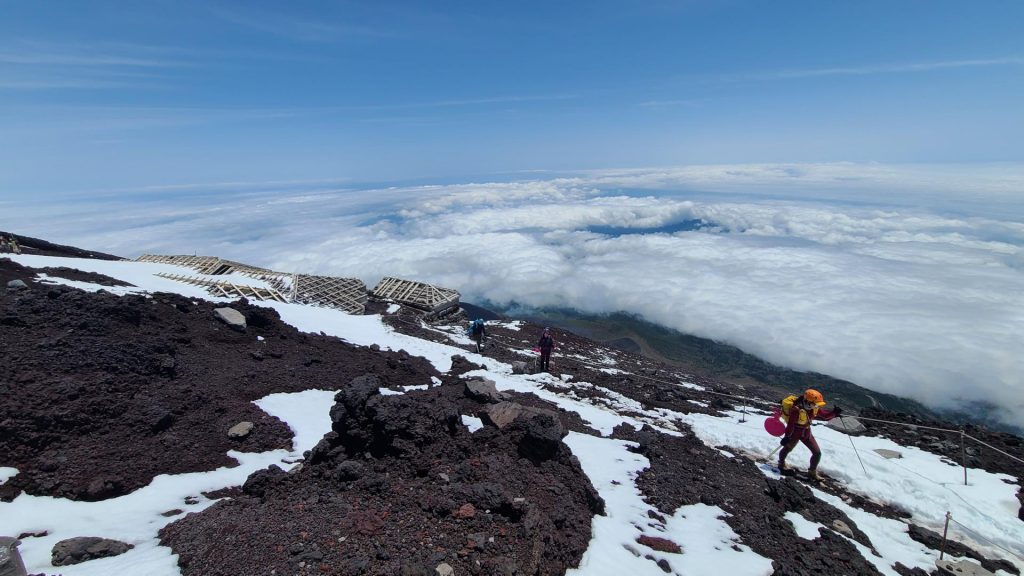
With these rules in mind, the safest and easiest way to experience Mt. Fuji without the crowds is by hiring a guide and going with a small group. There are a number of outfits offering guided ascents of Fuji in the off-season. In May, I guided five groups up Mt. Fuji over an eight-day period. The groups were all non-Japanese hikers that had been pre-screened for fitness by Kanto Adventures, the company that I guide with. During these hikes, we provide training on the proper use of an ice axe, how to walk with crampons, and even—during the right conditions—how to use a “butt-sled” to zip down some of the snowy terrain near the summit of the volcano. Sledding down Mt. Fuji, using an ice-axe to brake, is something to experience!
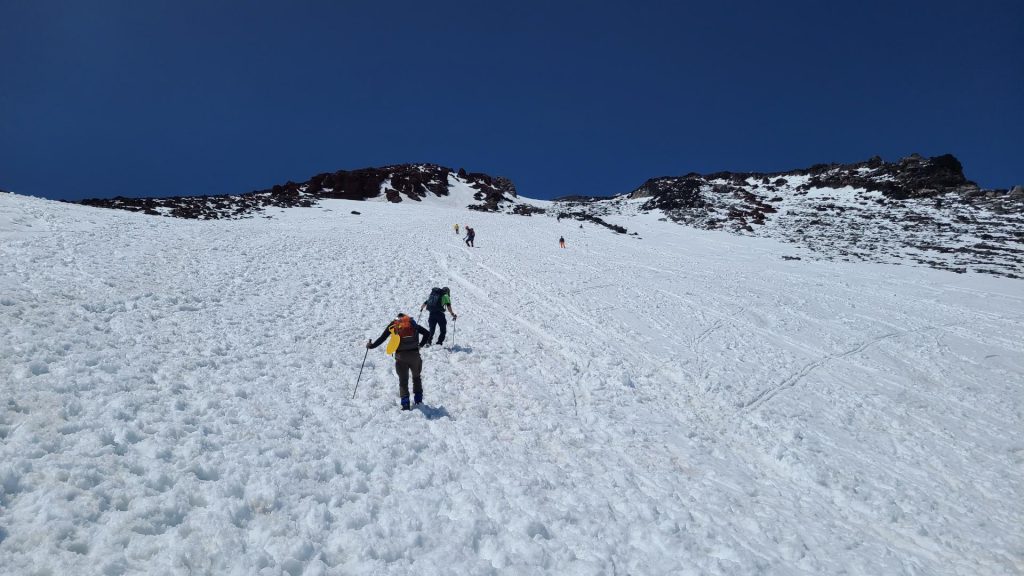
There are a number of other Japanese hikers up on the mountain during the off-season, but nothing even remotely approaching the crowds you’ll find in July and August. There’s a friendly camaraderie among the hikers you meet in the pre-season. We always greet each other, and often even stop to chat for a few minutes.
In the pre-season you also have a pretty good chance of meeting “Mr. Fuji” (his real name is Yoshinobu Jitsukawa)—a 79-year-old local man that has hiked Mt. Fuji more than 2,180 times! He’s very friendly and always eager to take photos with other hikers for his Twitter feed. Don’t be fooled by his age, he is a world-class mountaineer that has climbed six of the seven highest mountains in each of the seven continents. In his younger days, he often hiked Mt. Fuji twice a day! Jitsukawa isn’t the only legend you may chance upon during your hike; there are two other local men that have more than 1,000 summits of Fuji under their belt. And given their smiles and friendly demeanor, one might suspect that each summit makes them happier.
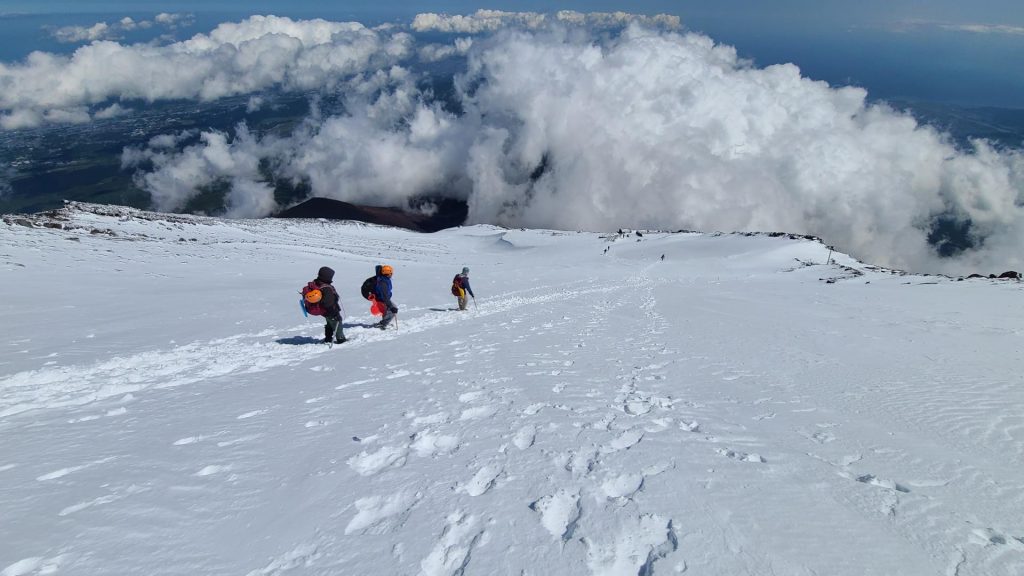
During the normal hiking season, most people spend the night up on Mt. Fuji in order to watch the sunrise from the summit. Because all of the lodges are closed and the weather conditions can be dangerous in the off-season, that isn’t possible. Hikes start early in the morning, and are finished by late afternoon. That is perhaps the one disadvantage. But weather is fickle on mountains all year round, so even if you did brave the crowds for a normal hike, there’s no guarantee that you wouldn’t have a solitary cloud sitting on top of the mountain, blocking all visibility despite the forecast (yes, this has happened to me).
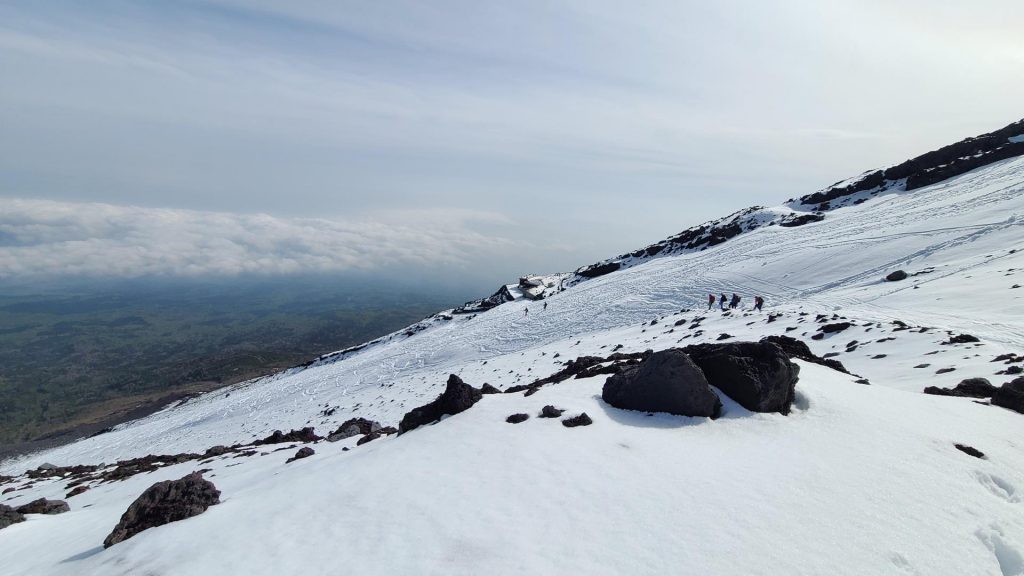
My most memorable hike up Mt. Fuji this year was guiding a blind man. While legally blind, he has about 5% to 10% of normal vision. Using his white cane, a hiking pole, and my narration of the terrain in front of him, he attempted the hike. We made it up to the 8th Station (3,500 meters). Our pace wasn’t fast enough to be able to summit and get down before dark, so we turned around there, but it was inspirational all the same. He’s determined to do more physical training to increase his pace and try again next year.
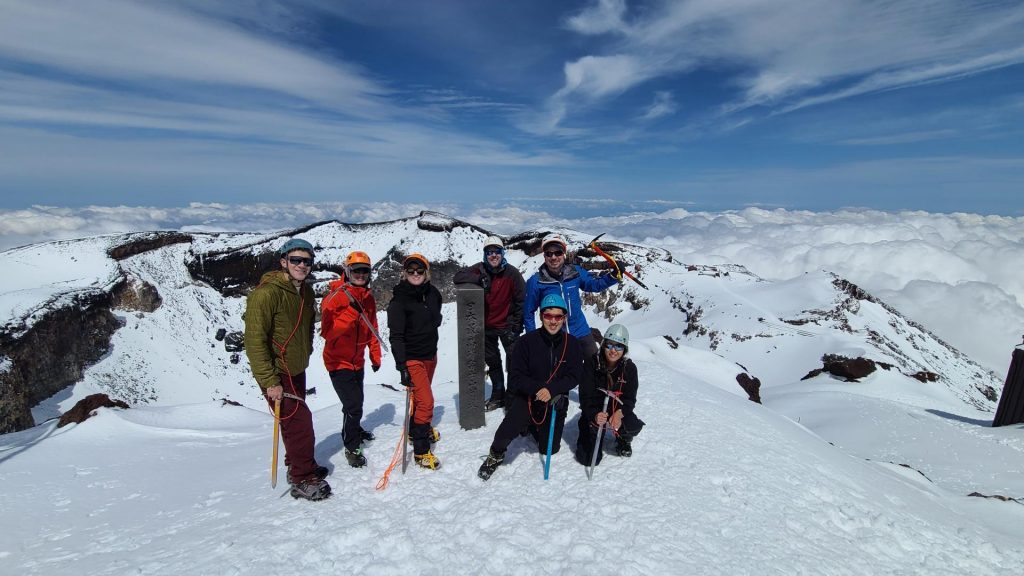
People often remind me of the famous Japanese saying, “A wise man climbs Mt. Fuji once. Only a fool climbs it twice.” Certainly it’s true that most hikers just go up for bragging rights, never considering doing it again. Others point out that from the 5th Station where you start, up to the summit, there is no plant or animal life, no change in terrain, just gravel and rocks all the way up. They’re not wrong, but there is something about the diversity of hikers you meet along the way and, for me, helping some fulfill one of their dreams. The view from the summit isn’t bad either.
